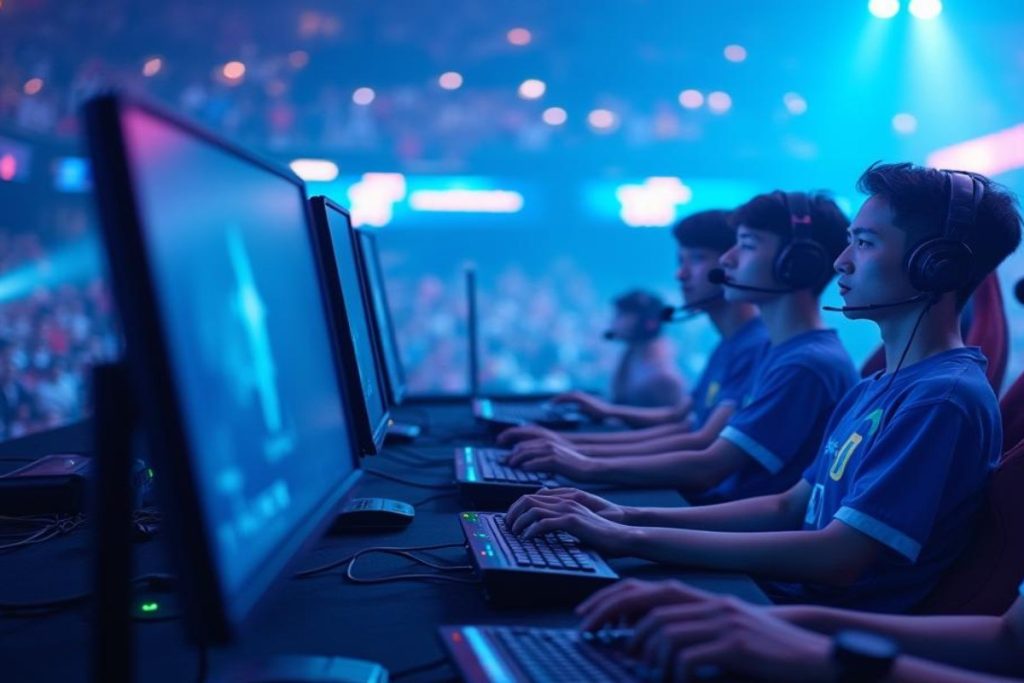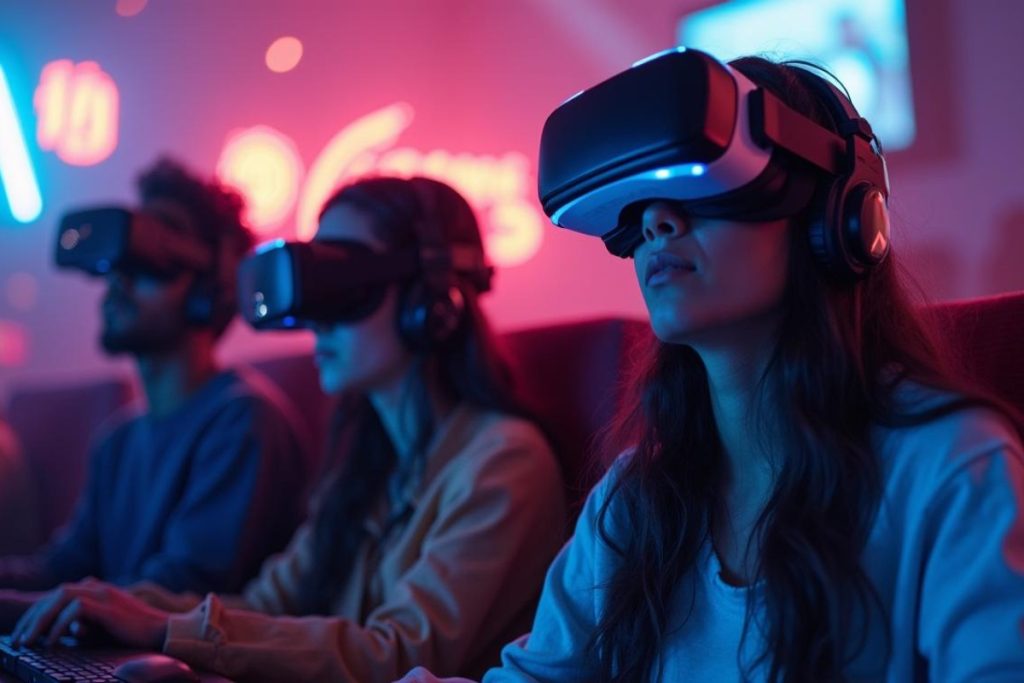In recent years, how virtual reality is changing the gaming industry has become a hot topic among gamers and developers alike. Virtual reality (VR) technology is not just a passing trend; it is revolutionizing the way we experience games. By immersing players in lifelike environments, VR is creating unparalleled levels of engagement and interaction. As the gaming industry continues to evolve, understanding the impact of virtual reality is essential for anyone interested in the future of gaming.
This article will delve into the various ways virtual reality is reshaping the gaming landscape. From enhancing gameplay mechanics to fostering social interactions in virtual spaces, we will explore the innovative features that VR brings to the table. Additionally, we will discuss the challenges and limitations that developers face in this rapidly advancing field, as well as the potential future developments that could further transform gaming experiences.
As you read on, you will discover how VR is not only changing the way games are played but also how they are developed and marketed. Whether you are a casual gamer or a seasoned developer, this exploration of virtual reality’s influence on the gaming industry promises to provide valuable insights. Join us as we embark on this exciting journey into the world of virtual reality and its profound impact on gaming.
Immersive Gameplay Experiences
Virtual reality (VR) has revolutionized the way players engage with video games, offering immersive experiences that traditional gaming cannot match. By utilizing VR headsets, players are transported into richly detailed 3D environments where they can interact with the game world in unprecedented ways. This level of immersion enhances emotional engagement, making players feel as though they are truly part of the game.
Moreover, the ability to physically move and interact within a virtual space adds a layer of realism that enhances gameplay. For instance, games like “Beat Saber” and “Half-Life: Alyx” allow players to use their bodies to navigate and manipulate their surroundings, creating a more dynamic and engaging experience. As VR technology continues to evolve, we can expect even more innovative gameplay mechanics that leverage this immersive potential.
Social Interaction in Virtual Worlds
One of the most significant impacts of VR on the gaming industry is the enhancement of social interaction. Virtual reality platforms, such as “VRChat” and “Rec Room,” allow players to meet and interact with others in a shared virtual space. This social aspect transforms gaming from a solitary activity into a communal experience, fostering friendships and collaborations among players from around the globe.
In these virtual environments, players can communicate through voice and gestures, making interactions feel more personal and engaging. The ability to create and customize avatars further enhances this social experience, allowing players to express their identities in unique ways. As VR technology advances, we can anticipate even more sophisticated social features that will deepen connections among players.
The Rise of VR Esports
As virtual reality continues to gain traction, the emergence of VR esports is reshaping the competitive gaming landscape. Titles like “Echo Arena” and “VR League” are paving the way for competitive play in virtual environments, attracting both players and spectators. This new genre of esports offers a fresh take on competition, combining physical skill with strategic gameplay.
VR esports not only provide thrilling entertainment for viewers but also create new opportunities for players to showcase their talents. With the rise of VR tournaments and leagues, we can expect to see increased investment in VR gaming, leading to further advancements in technology and gameplay. The potential for VR esports to grow into a mainstream phenomenon is significant, as more players and fans embrace this innovative form of competition.
Accessibility and Inclusivity in Gaming
Virtual reality has the potential to make gaming more accessible and inclusive for a diverse range of players. With adaptive technologies and customizable settings, VR can cater to individuals with varying abilities, allowing them to enjoy gaming experiences that may have been previously inaccessible. For example, developers are increasingly focusing on creating VR games that accommodate players with mobility challenges or sensory sensitivities.
This shift towards inclusivity not only broadens the gaming audience but also enriches the gaming community as a whole. By embracing diverse perspectives and experiences, VR gaming can foster a more welcoming environment for all players. As the industry continues to prioritize accessibility, we can expect to see more innovative solutions that enhance the gaming experience for everyone.
Future Trends in VR Gaming
The future of virtual reality in the gaming industry is filled with exciting possibilities. As technology advances, we can anticipate improvements in graphics, haptic feedback, and artificial intelligence, all of which will enhance the overall gaming experience. Additionally, the integration of augmented reality (AR) with VR is likely to create hybrid experiences that blur the lines between the real and virtual worlds.
Furthermore, the expansion of VR content across various genres, from horror to educational games, will attract a wider audience. As more developers invest in VR technology, we can expect a surge in innovative titles that push the boundaries of what gaming can achieve. The ongoing evolution of VR promises to keep players engaged and excited about the future of gaming.
| Aspect | Description |
|---|---|
| Immersive Experience | Virtual reality (VR) provides players with an immersive experience, allowing them to feel as if they are part of the game world. This level of engagement enhances emotional connections and overall enjoyment. |
| New Gameplay Mechanics | VR introduces unique gameplay mechanics that are not possible in traditional gaming. Players can interact with the environment in ways that mimic real-life actions, such as reaching out to grab objects or physically moving to dodge attacks. |
| Social Interaction | VR gaming often includes social elements, enabling players to interact with others in a virtual space. This fosters a sense of community and collaboration, as players can team up or compete in shared environments. |
| Accessibility | As VR technology advances, it becomes more accessible to a wider audience. This includes improvements in hardware affordability and the development of games that cater to various skill levels and preferences. |
| Realism and Graphics | VR pushes the boundaries of graphics and realism in gaming. High-quality visuals and spatial audio create a believable environment, enhancing the player’s sense of presence and immersion. |
| Physical Activity | Many VR games encourage physical movement, promoting a more active gaming experience. This can lead to health benefits and a more engaging way to play, as players are required to move their bodies. |
| Future Innovations | The gaming industry continues to explore new possibilities with VR, including advancements in haptic feedback, AI integration, and cross-platform experiences, which will further transform how games are developed and played. |



